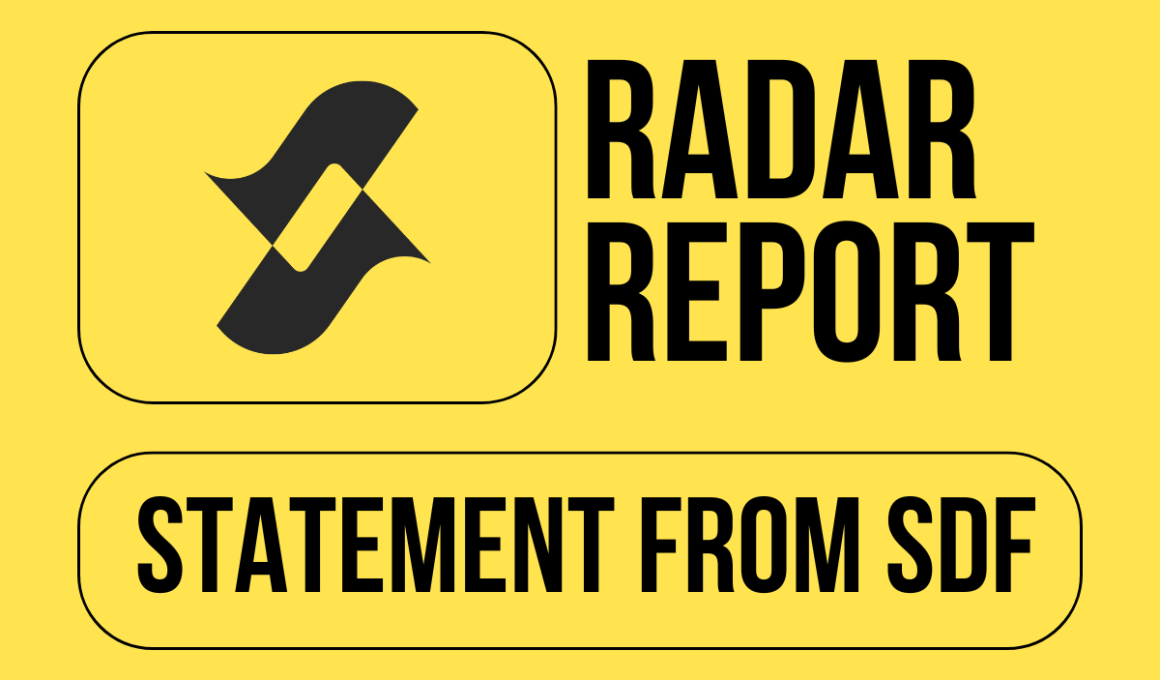Today, Public Health Scotland has published its Rapid Action Drug Alerts and Response (RADAR) quarterly report. It finds that in June to August 2025:
- Drug-related harms were higher compared to the same period in 2024, but lower than in 2023.
- Contamination of drugs with toxic substances was both common and widespread – over half of Scottish samples submitted for testing did not solely contain the intended purchase.
- This includes samples that were found to be contaminated with nitazenes and a new substance, medetomidine (a xylazine-type drug).
- Among people who had an assessment for specialist drug treatment in this period, powder cocaine was the most commonly reported ‘main drug’.
Kirsten Horsburgh, Chief Executive of Scottish Drugs Forum, says:
“Today’s report underscores that our public health response must move faster to keep pace with the rapidly changing drugs landscape.
“The planned introduction of drug checking services in Dundee and Glasgow is a long-overdue step forward. These facilities will save lives by allowing people to check their drugs for dangerous contaminants, such as nitazenes, and make informed decisions about their own health. But two sites alone are nowhere near enough. To prevent further harms and loss of life, drug checking must be made available in every part of the country.
“At the same time, we need urgent action to allow the provision of safer inhalation pipes. It’s nonsensical that foil for heroin use can be legally distributed, yet pipes for crack cocaine use – which people also need – remain prohibited under outdated interpretations of the Misuse of Drugs Act. It makes no sense that sterile injecting kits are (rightly) provided nationwide, yet safer inhalation pipes are blocked by outdated drug laws. This policy gap leaves people exposed to preventable injuries, infections, and further health harms caused by unsafe, makeshift equipment.
“Our thoughts are with the families, friends, and communities of everyone who has died this year. These losses are a painful reminder that our collective response to the drug deaths crisis still lacks the courage and urgency it demands.”

